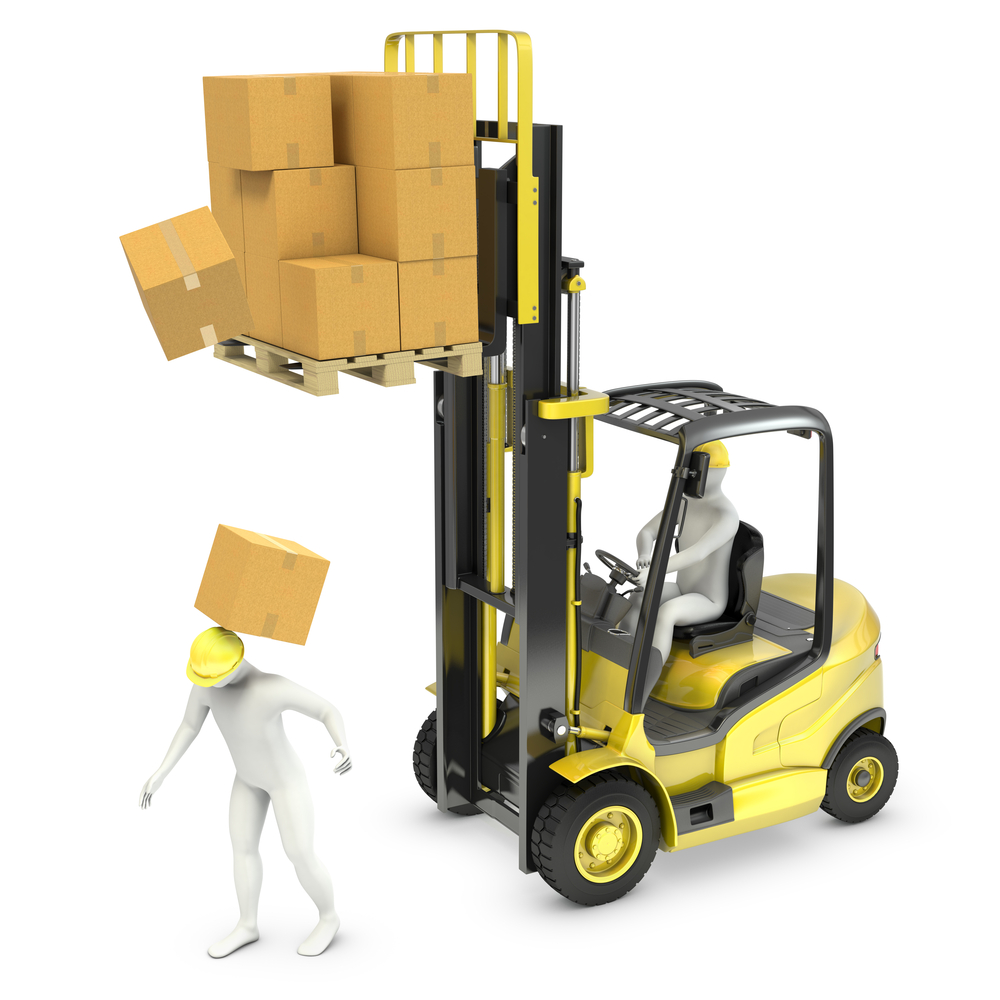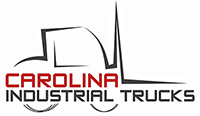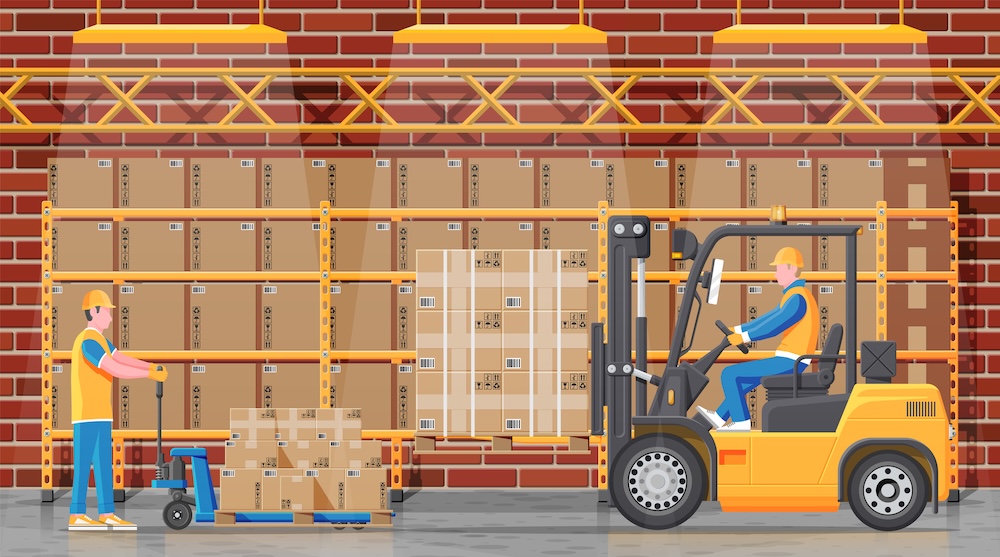12 Crucial Forklift Safety Tips to Keep Your Employees Safe
04/28/2020
CITrucks
Does your business use a forklift within the warehouse or in another space? Learn how to keep your employees safe with these 12 crucial forklift safety tips.
Did you know that almost 35,000 forklift truck accidents that lead to serious injury occur every year? While safety technology for forklift trucks is constantly improving, accidents are a source of injury and litigation each year.
If you are a manager or warehouse owner, you are no doubt interested in forklift safety. What steps can you take to protect your workers and machinery? Why not check out our 12 crucial forklift safety tips below.
1. Qualified Operators
The first step you can take to protect your workers is for your forklift truck drivers to hold the correct certification. This is a basic legal requirement. Whether you hire trained drivers or you provide training, they should hold the correct certification.
2. Appropriate Clothing
Forklift trucks often come with a protective cage and so you may not think it necessary to wear personal protective equipment. However, hard hats, safety shoes, and hi-visibility jackets are crucial to everyone working in a warehouse.
In addition to this, forklift drivers should choose their general work clothes carefully. Shirts or other garments that are loose-fitting can become trapped in machinery with serious consequences.
3. Examine All Equipment before Use
Workdays can be very intense. A driver may be active from morning until evening. It can be very easy to skip the basic checks that should be performed every day.
Inspecting forks, brakes, and warning devices are basic steps that should be performed before each work shift regardless of workload.
Sometimes simple troubleshooting methods can solve a problem at the beginning of the shift. Any faults that the driver identifies should be rectified before the work can start. It is better to take a forklift truck out of service for a few hours or days, than it is to risk a serious accident.
4. Correctly Start up the Forklift
It is a simple step, but injuries occur every year when the driver hurries to start work and does not follow basic startup procedures.
This starts with using the steps and hand-grabs to enter the forklift. Next, the driver should ensure that all mirrors and the chair are adjusted according to his particular needs.
Only when the driver is safely in the seat with his safety belt firmly tightened should they be ready to start their work.
5. Consider your Surroundings
Your forklift is designed to work under very specific conditions. Most forklifts are designed to work in warehouse conditions, where there is a concrete floor and reserved lanes for forklift drivers.
Using this type of forklift in outdoor conditions could be disastrous. Outdoor, and especially non-prepared surfaces require a forklift that is specifically designed for outdoor use.
When working, the driver should work slowly enough so that he can observe objects around him. This would include the edges of loading docks and ramps.
6. Operate your Forklift at Safe Speeds
After a driver has worked in a warehouse for some months, it can be very easy to be overconfident in their conditions. This can lead to speeding and taking unnecessary risks.
Did you know that the maximum speed limit for fork-lift trucks is eight miles per hour? In many warehouses, the driver will not be able to go faster than five mph without risking an accident.
7. Avoid Hazards
Having strict driver behavior policies can prevent accidents in the workplace. This could include requiring drivers to honk their horns when approaching corners or doorways.
Other requirements could be minimum distances between forklift trucks. Accidents frequently occur when one forklift driver behaves in an unexpected manner and a nearby truck is too close to avoid it. Speed limits and minimum distance requirements can stop these basic but frequently occurring accidents.
8. Secure Your Load
Forklift drivers will often be required to carry loads of differing kinds every day, Often these loads will have traveled from across the globe as part of a larger supply chain. During this time, the internal contents of the load may have shifted. In other cases, the load itself may have become damaged.
Drivers should take reasonable precautions to learn what the load consists of and its condition before loading. If in doubt, the driver can use ropes or bindings to secure the load.
While carrying it, the load should be tilted back with the forks as low as possible to lower the center of gravity.
9. Ensure Clear Visibility
In most cases, the driver will be able to judge accurately where he is placing the load in the racking. However, if in doubt get help. Asking for assistance may take a few seconds but it can say millions of dollars.
A large load will mean that the driver will not be able to see in front of him. Rather than guessing, the forklift should reverse to its destination.
10. Forklifts are for Carrying Loads Only
Sometimes a person may need to physically climb into the racking to solve a problem, such as a dislodged item.
The forklift is not the correct equipment to help him ascend the racking. Without a cage or work platform, the probability of falling and injury is extremely high.
11. Keep Clear of the Mast
Safety when using the forklift truck can also include safely directing others working close by. No-one should be permitted to work close to or under the mast.
Machine failure, falling items or human error could instantly cause injury or even death.
12. Driving on Ramps
When driving on ramps, always ensure that the forklift is behind the load. This means that the forklift will travel up the ramp in a forward direction and then down the ramp in reverse gear.
Forklift Safety and Much More
Forklift safety will not only help you avoid litigation. Safe practices will help your company to develop a reputation for responsible working. This will speak volumes about the quality of your work and draw customers to you.
If you would like to know about forklift safety and general usage, we are here to help. We leverage our years in the forklift industry to bring your reliable services and trustworthy guidance. Why not check out our rentals page to learn more about forklift rental options for your business, or enquire about our forklift training classes.






